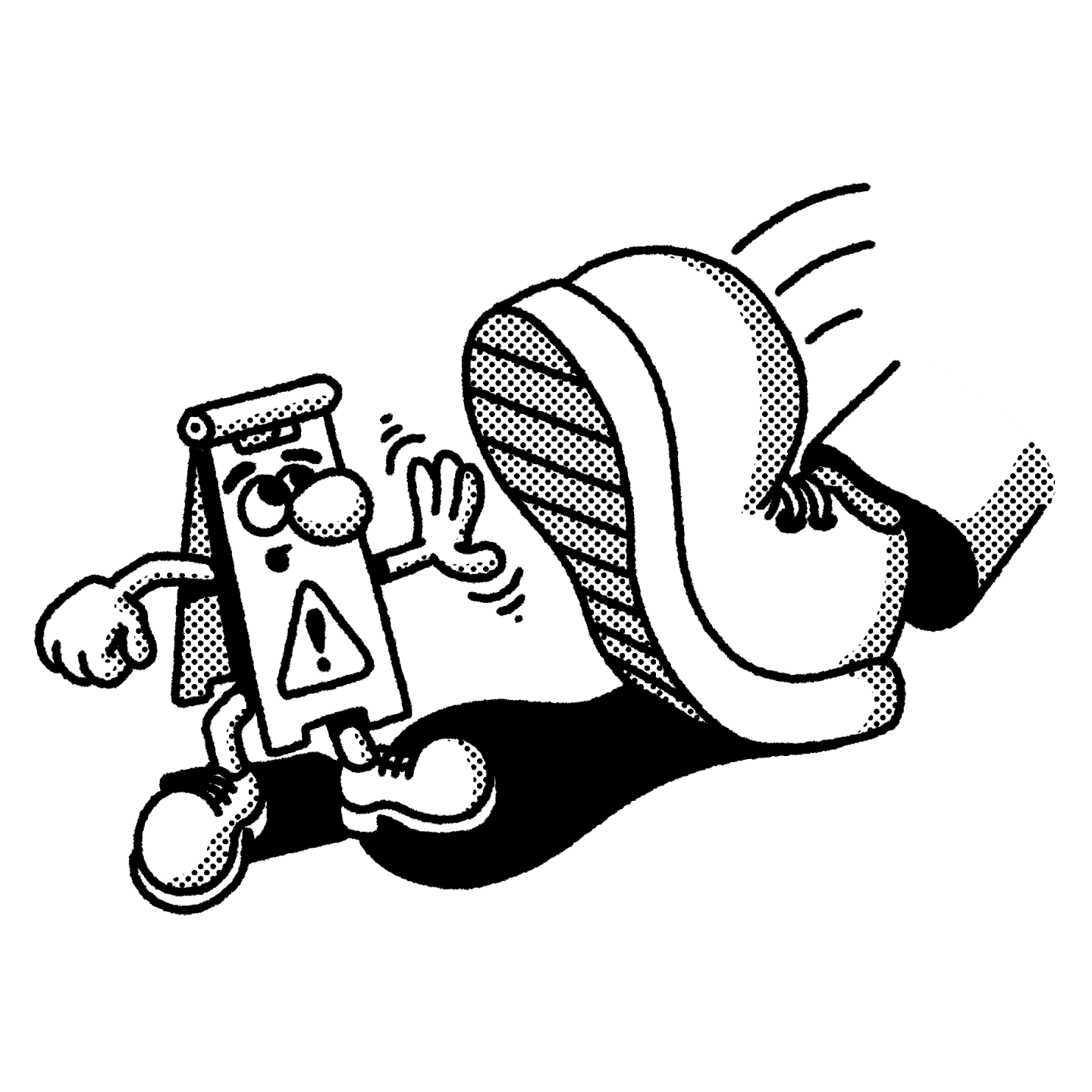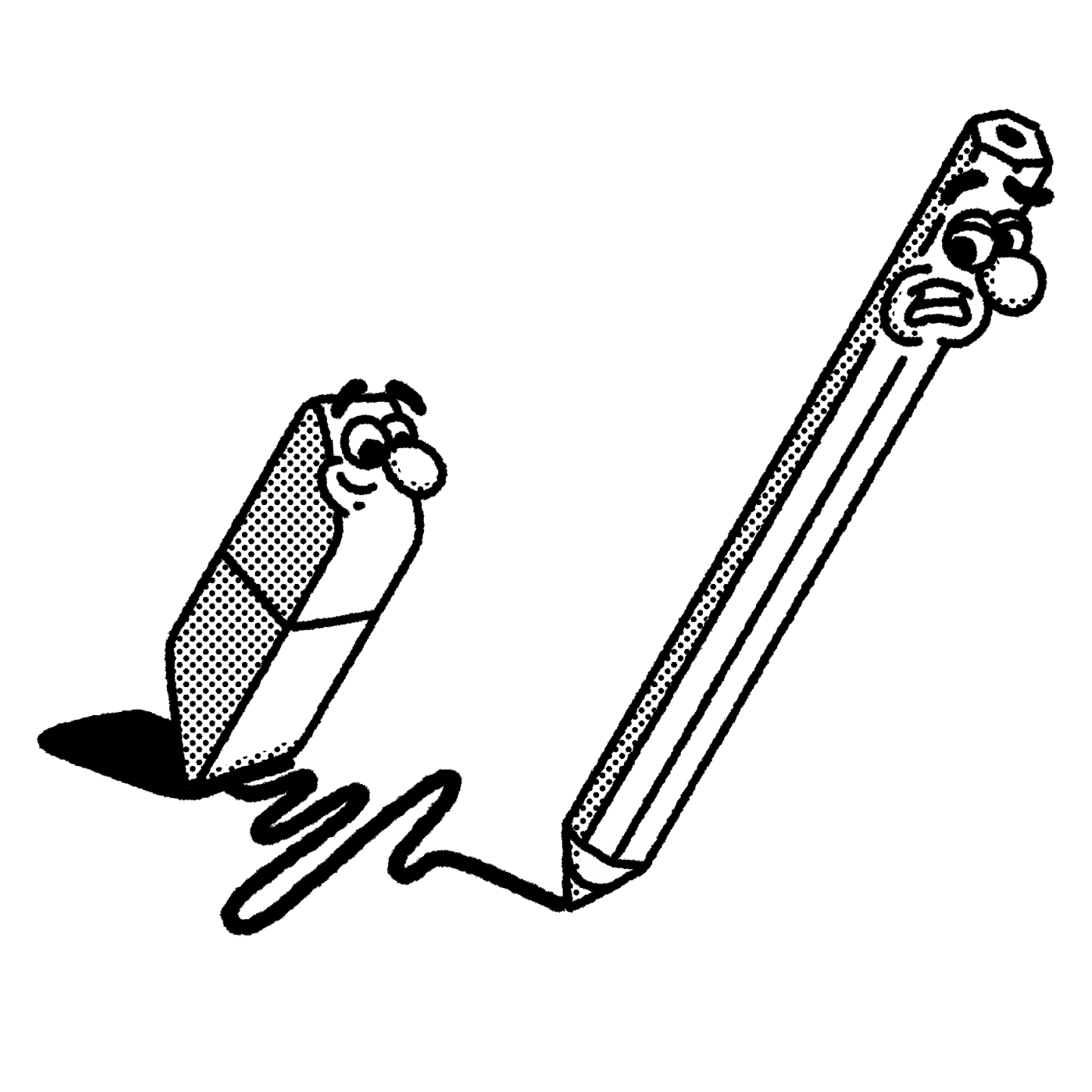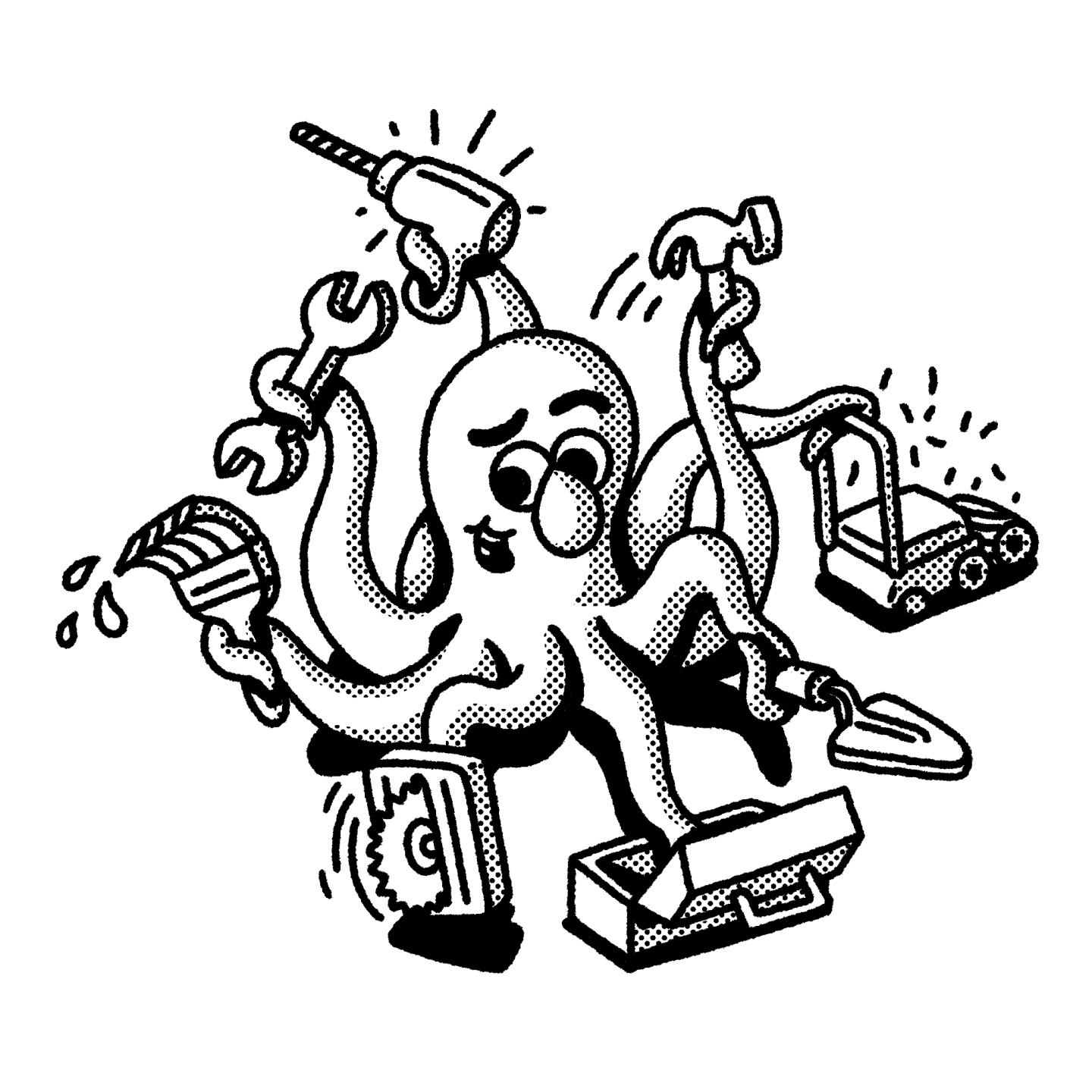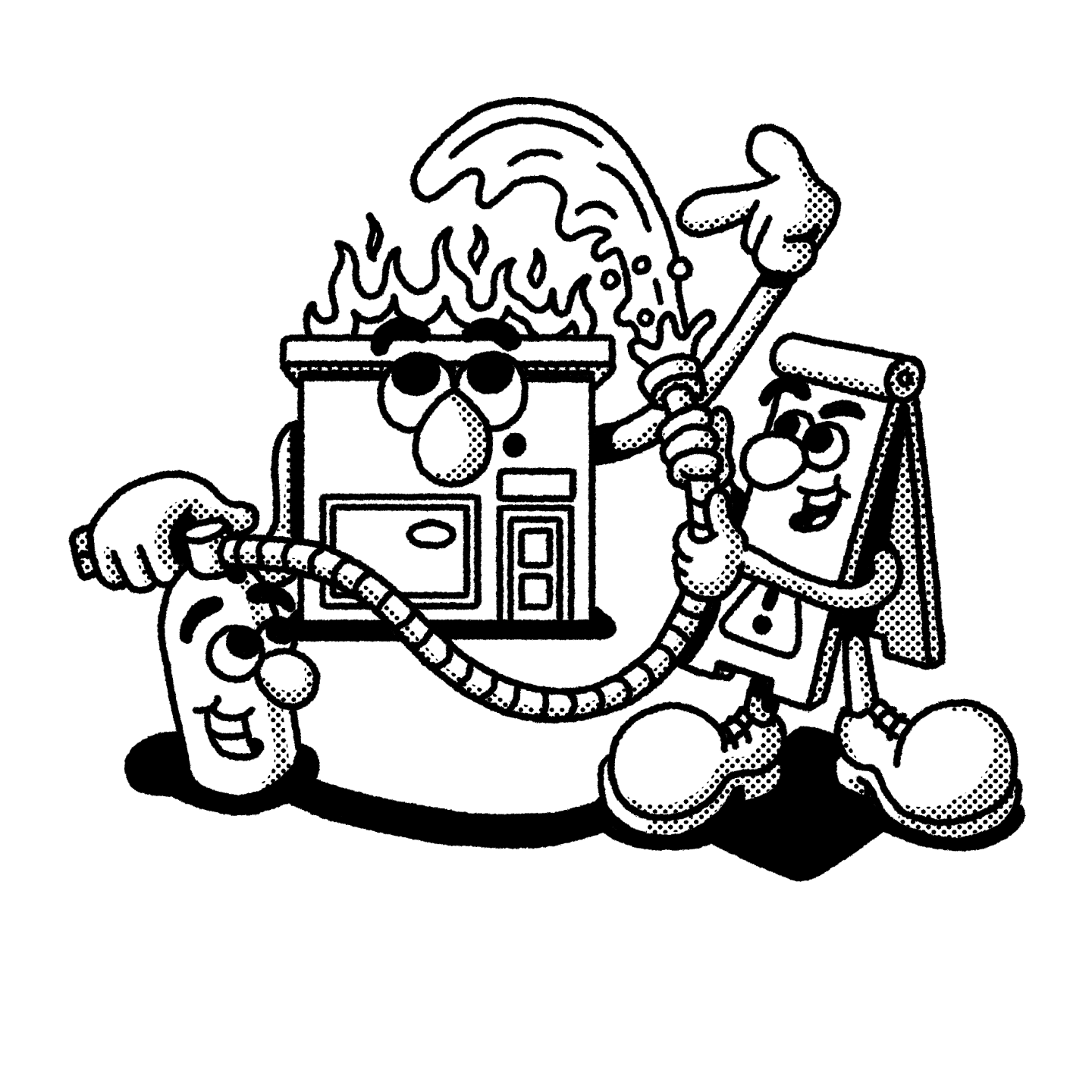Calculating depreciation
Depreciation in insurance is calculated by evaluating the item’s value over time. Insurance companies use various methods to assess this:
- Straight-line depreciation: This method assumes that an item depreciates constantly over time, such as 10% per year.
- Diminishing value depreciation. This approach recognizes that items lose the most value in their early years. For example, a car may experience the steepest decline in the first year of coverage.
- Replacement cost: Coverage is based on the depreciation of an item compared to the cost of replacing it with a new one.
- Market value: This method assesses coverage based on the current replacement cost of an item compared to its original cost.
- Specific depreciation: In this approach, the depreciation schedule is set by the specific industry and serves as a parameter for insurance companies.
Actual value vs replacement cost: what’s the difference
Usually, insurance companies cover your property and belongings for either their actual cash value (ACV) or replacement cost value (RCV).
RCV is the cost of replacing insured items with new ones without accounting for depreciation.
ACV, on the other hand, is the replacement cost minus the depreciated amount. It represents the current value of the item, considering its age and wear and tear.
ACV is usually less coverage at a lower price, while RCV often has more coverage at a higher price. You can’t always choose which to opt for, but knowing whether your policy offers ACV or RCV can help manage your expectations in the recovery process.
How to minimize the impact of depreciation
To lessen the impact of depreciation on your insurance claims, it’s beneficial to have a recoverable depreciation clause in your policy. This clause allows you to reclaim the depreciated amount by repairing or replacing the insured item.
A recoverable depreciation clause works like this: After a loss, the insurance company first pays you the ACV of the damaged item. If you then repair or replace the item, you can claim the ‘recoverable depreciation,’ which is the difference between the RCV and the ACV. This way, you can recover the full value of the item as new minus your deductible.
However, not all policies offer this benefit. So, understanding your coverage is key.
How NEXT protects your assets
At NEXT, you can trust us to safeguard your small business as you navigate the world of insurance depreciation and coverage. Our insurance is tailored to suit you.
We offer a comprehensive range of coverage. With NEXT, you can initiate an instant quote, customize your options, and access your certificate of insurance in about 10 minutes.
Start now and get a quote today.













